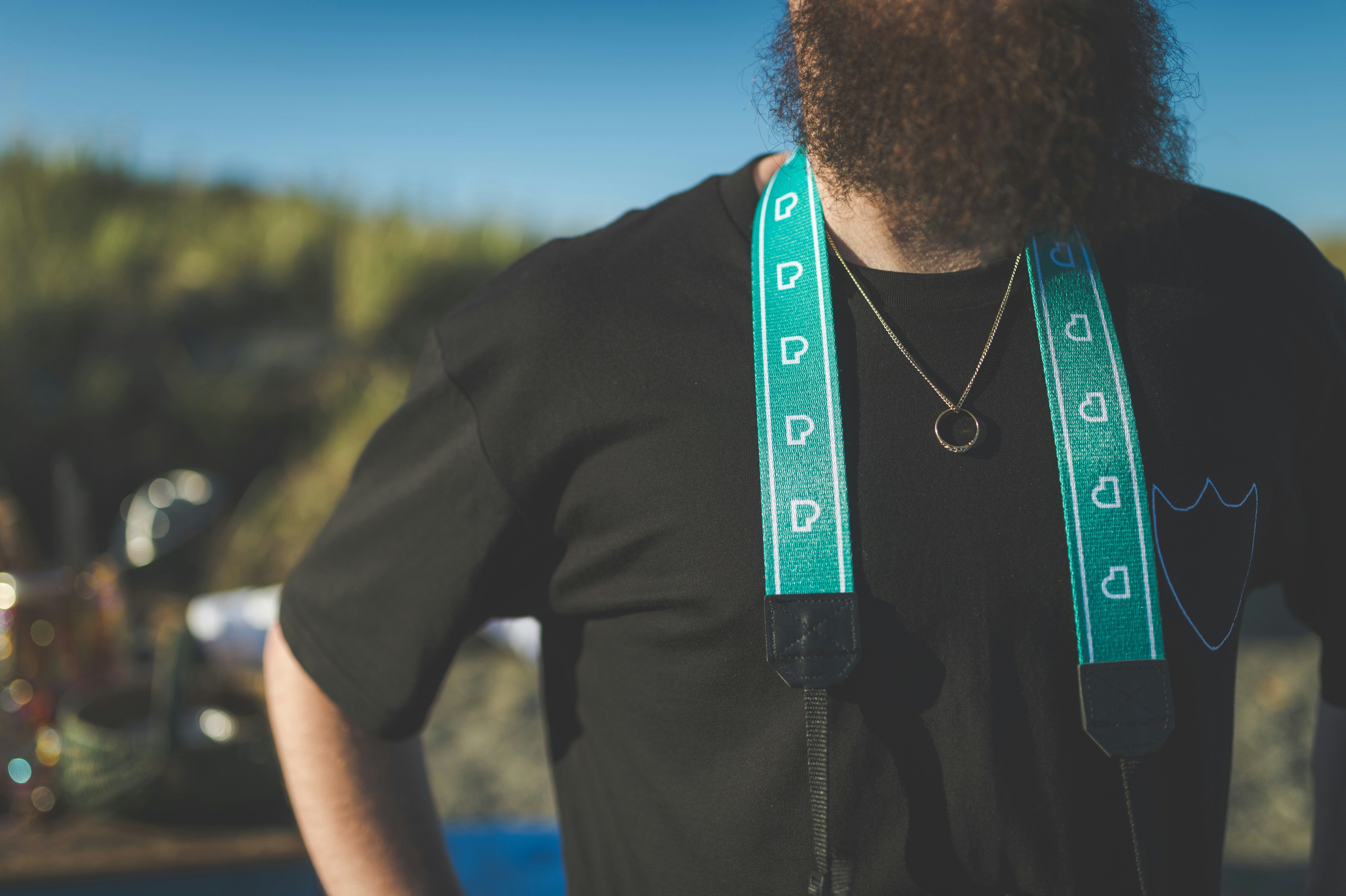Inquiries regarding Medicare's coverage for external catheters, specifically PureWick models, have been posed.
Managing incontinence just got a whole lot easier, thanks to innovations like the PureWick system. This nifty device, designed specifically for women's use during sleep or rest, includes an external catheter that extends from the vulva to the buttocks and connects to a tube leading to a collection container.
In a groundbreaking move, the Centers for Medicare & Medicaid Services (CMS) announced a 2024 ruling that granted Medicare coverage for the PureWick system under the Durable Medical Equipment (DME) benefit of Part B.
Medicare Part B, which offers coverage for DME items essential for medical use such as oxygen supplies, walkers, and hospital beds, now includes the PureWick system in its coverage. However, it's important to note that Medicare will not cover the PureWick system if an individual already has an indwelling catheter. For female catheters, Medicare imposes a limit on usage to no more than one metal cup or pouch per week. In a hospital setting, catheters will be covered by Part A.
The cost of the PureWick system may vary. As of 2025, a box of 30 catheters can cost approximately $209 for those without insurance. For those enrolled in Medicare Part B, once they meet the annual deductible of $257 and pay a monthly premium of $185, Part B will cover 80% of approved treatments or services.
When it comes to Medicare, it's crucial to understand terms such as out-of-pocket cost, premium, deductible, coinsurance, and copayment. To learn more about these terms and how they may affect your coverage, check out our glossary below.
Glossary of Medicare terms:
- Out-of-pocket cost: The amount a person must pay for care when Medicare does not pay the total amount or offer coverage. Costs can include deductibles, coinsurance, copayments, and premiums.
- Premium: The amount of money someone pays each month for Medicare coverage.
- Deductible: An annual amount a person must spend out of pocket within a certain period before Medicare starts to fund their treatments.
- Coinsurance: The percentage of treatment costs that a person must self-fund. For Medicare Part B, coinsurance is 20%.
- Copayment: A fixed dollar amount a person with insurance pays when receiving certain treatments. For Medicare, this usually applies to prescription drugs.
[1] https://www.cms.gov/Outreach-and-Education/Medicare-Learning-Network-MLN/MLNProducts/Downloads/DMEPOSQualityStandards.pdf[2] https://www.cms.gov/Medicare/Medicare-General-Information/Part-B-Costs/Medicare-Part-B-Costs.html[3] https://www.medicare.gov/coverage/durable-medical-equipment-dme.html
- Starting in 2024, Medicare Part B will cover the PureWick system under the Durable Medical Equipment (DME) benefit, making healthsystems more accessible for those seeking health-and-wellness solutions, including therapies-and-treatments for managing incontinence.
- Understanding Medicare terms is crucial for understanding one's coverage. For instance, the out-of-pocket cost is the amount a person must pay for care when Medicare does not pay the total amount or offer coverage, which can include deductibles, coinsurance, copayments, and premiums.
- Once they meet the annual deductible of $257 and pay a monthly premium of $185, Medicare Part B will cover 80% of the cost of approved treatments or services like the PureWick system, leaving the remaining 20% to be covered by the individual, also known as coinsurance.








